Introduction to basic knowledge of gate valve
The gate valve is one of the important pipe fittings in the pipeline for conveying fluid media. The gate valve is mainly used for cutting off the medium. It can only be fully opened or fully opened, and cannot be used for flow adjustment. Its opening and closing part is a gate. The movement direction of the gate is perpendicular to the direction of the fluid. The gate has two sealing surfaces. When the gate valve is closed, the sealing surface of the gate can be pressed to the other side only by the pressure of the medium. The valve seat is sealed, which is self-sealing. Most gate valves are forcibly sealed, that is, when the valve is closed, it needs to rely on the external force of the medium to force the gate to the valve seat to ensure the tightness of the sealing surface.
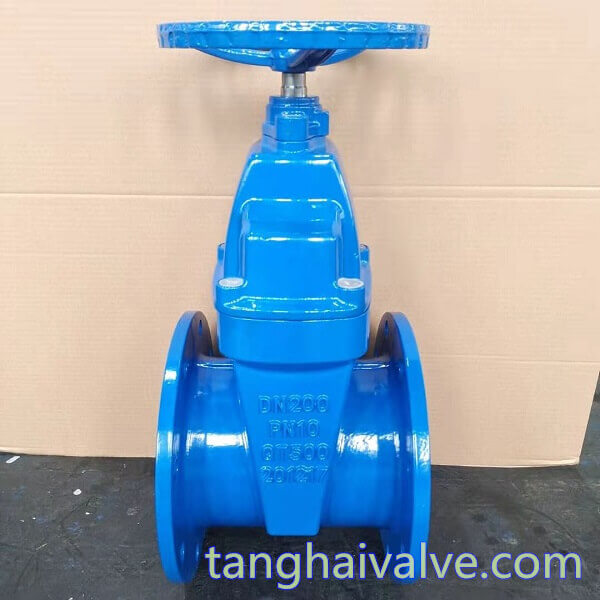
BS5163-BB-NRS-soft seated-wedge gate valve-DN200-PN16-handwheel (1)nt
The gate valve has a wide range of uses, and has applications in petroleum, petrochemical, chemical, metallurgical, electric power, water conservancy, urban construction, fire protection, coal and other industries. Gate valve is also a valve with distinct advantages and disadvantages.
Advantages of gate valve
1. After the gate valve is opened, the medium channel inside the valve body is straight, without any obstruction, and the flow resistance is very small.
2. When opening and closing, the movement direction of the gate valve is perpendicular to the flow direction of the medium, the pressure is small, and the opening and closing is labor-saving.
3. The height of the gate valve is large, so the opening and closing time is longer, and water hammer is not easy to occur.
4. The two sides of the gate valve channel are symmetrical, and the medium can flow in any direction on both sides, so the installation of the gate valve is very convenient.
5. The length of the structure is short, the manufacturing process is good, and the scope of application is wide.
Disadvantages of gate valve
1. The sealing surface of the gate valve is very easy to wear, which affects the service life of the valve, and it is troublesome to maintain.
2. The structure of the gate valve is more complicated, and it is also troublesome to process, especially the sealing surface on the gate seat is not easy to process, and there are many parts, so the price is more expensive.
3. The overall size is large, a certain amount of space is required for opening, and the opening and closing time is long.
Precautions for installation and use of gate valve
1. Handwheels, handles and transmission mechanisms are not allowed to be used for lifting, and collisions are strictly prohibited.
2. The double sluice gate valve should be installed vertically, that is, with the hand wheel facing upwards.
3. The gate valve with bypass valve should be opened before opening, the purpose is to balance the pressure difference between the inlet and outlet.
4. The gate valve with transmission mechanism should be installed strictly in accordance with the product manual.
5. If the gate valve is switched frequently, lubricate at least once a month.
6. The gate valve is not suitable for regulating or throttling.
TH Valve is a professional manufacturer of butterfly valve, gate valve, check valve, globe valve, knife gate valve, ball valve with API, JIS, DIN standard, used in Oil, Gas, Marine industry, Water supply and drainage, fire fighting, shipbuilding, water treatment and other systems, with Nominal Diameter of DN50 to DN1200, NBR/EPDM/VITON, Certificates & Approvals: DNV-GL, Lloyds, DNV, BV, API, ABS, CCS. Standards: EN 593, API609, API6D
Related news/knowledge:
Basic knowledge of valve;
Knowledge;
Gate valve structure diagram and working principle;
Classification and advantages of gate valve



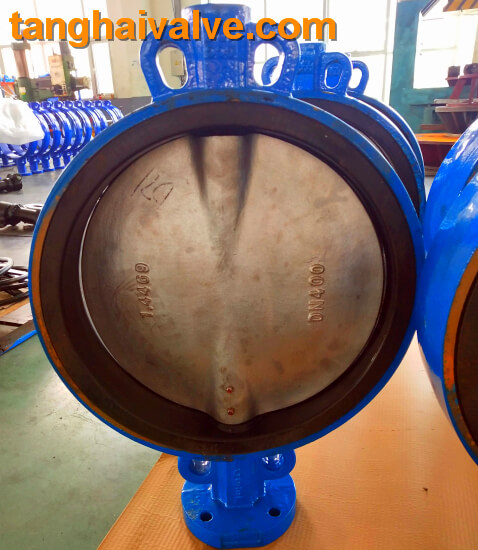

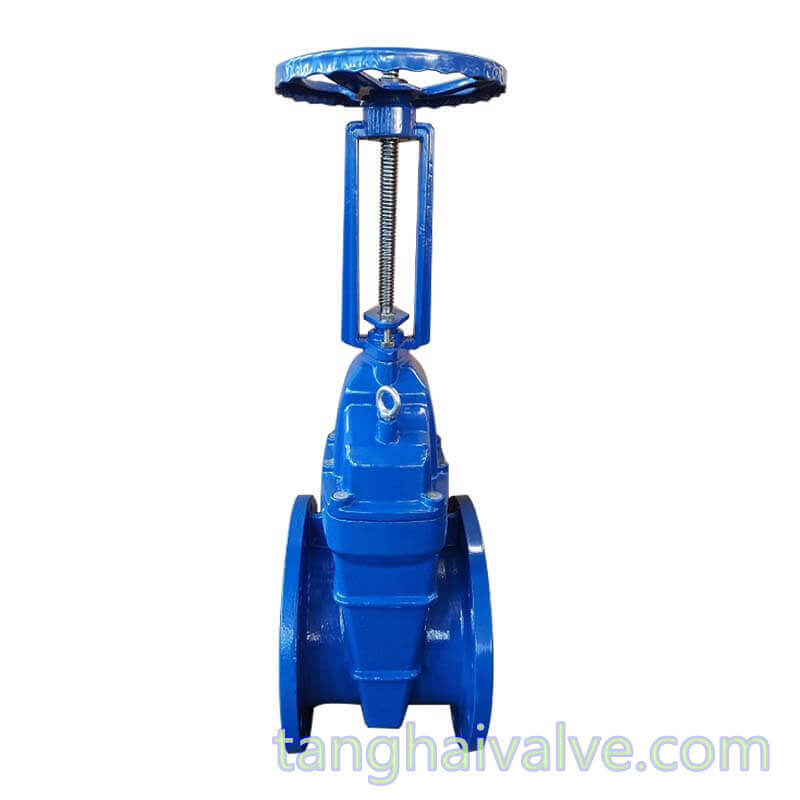
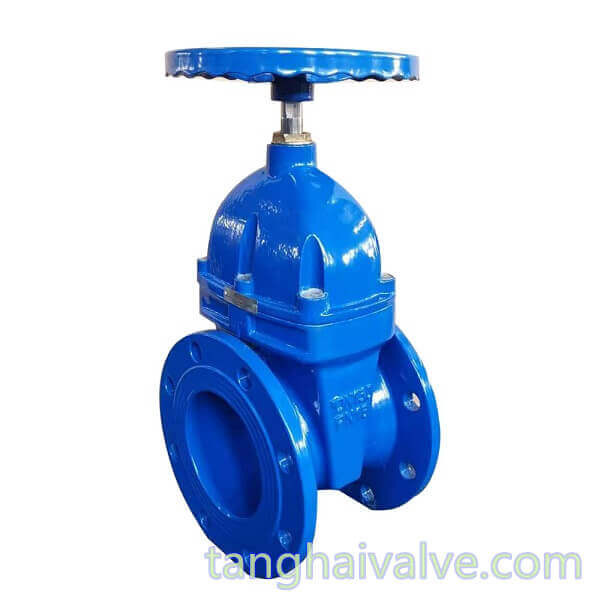
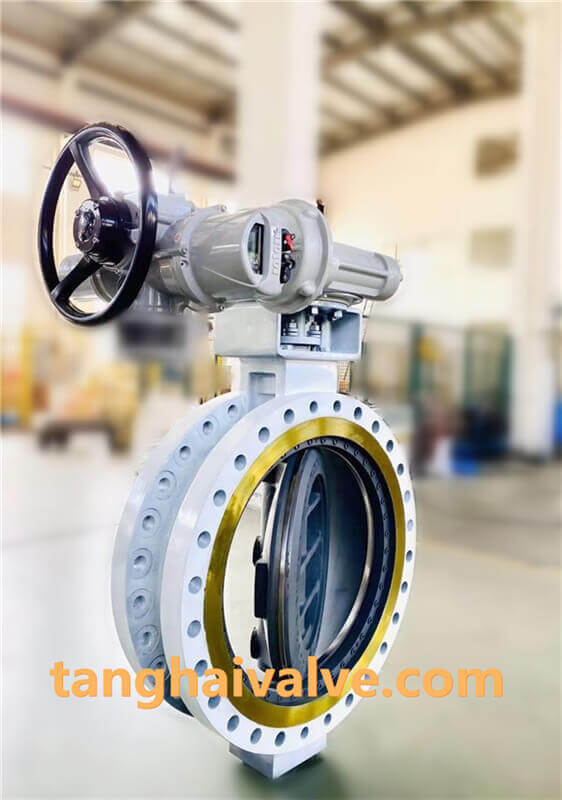
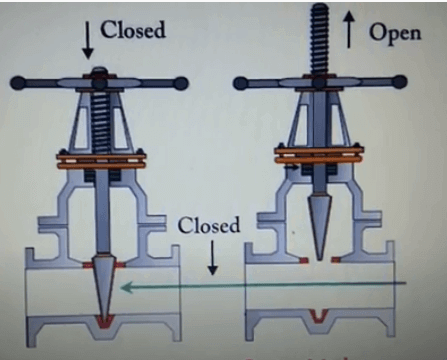
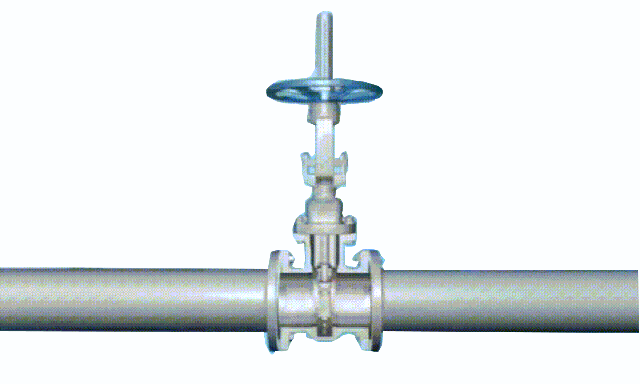
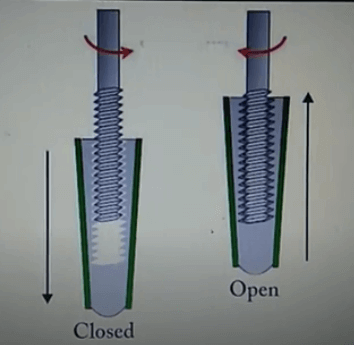
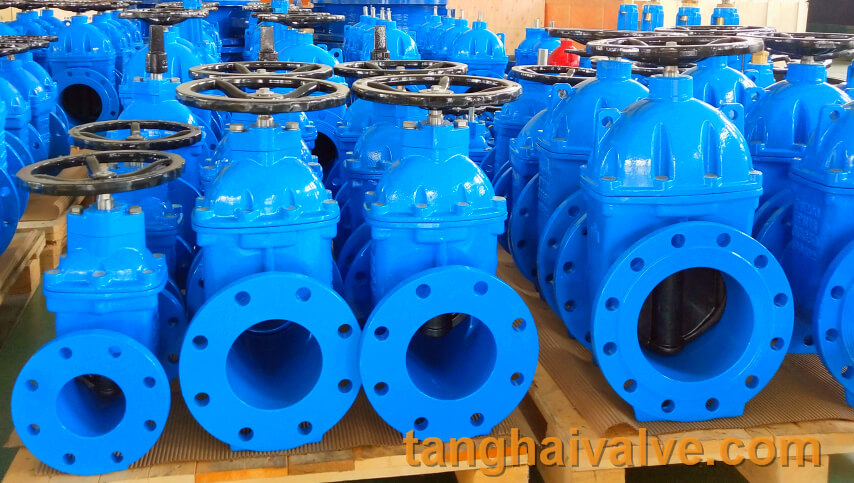
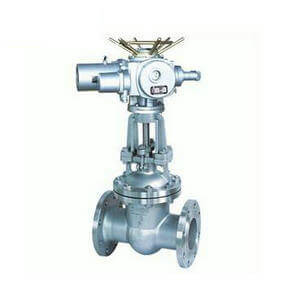
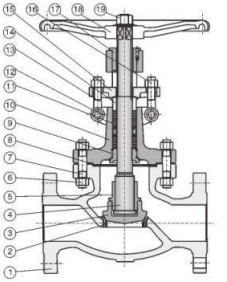
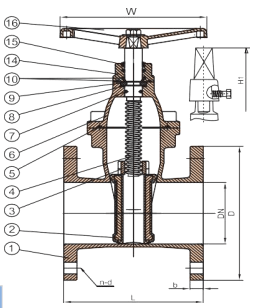
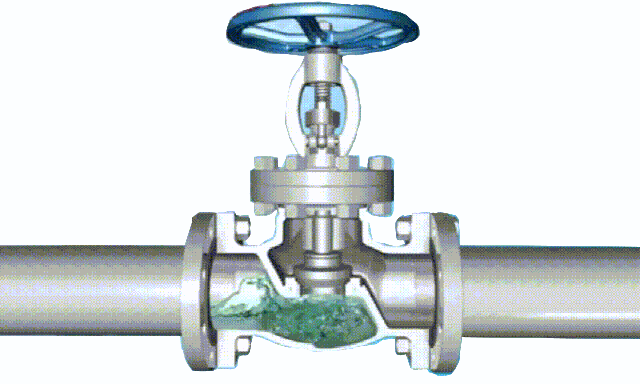
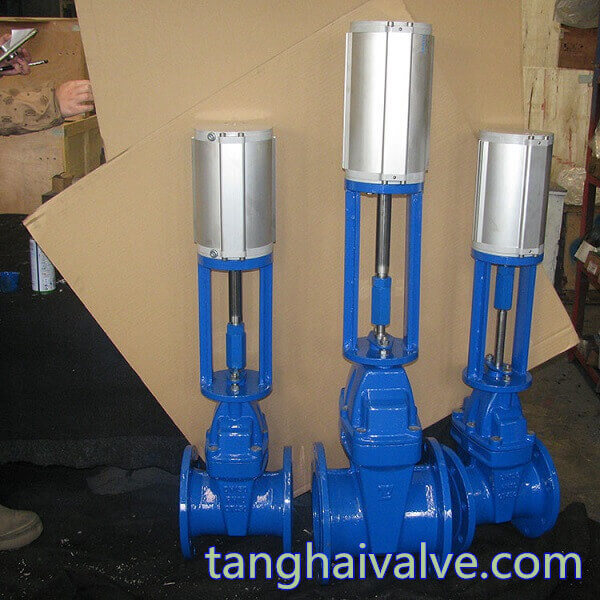
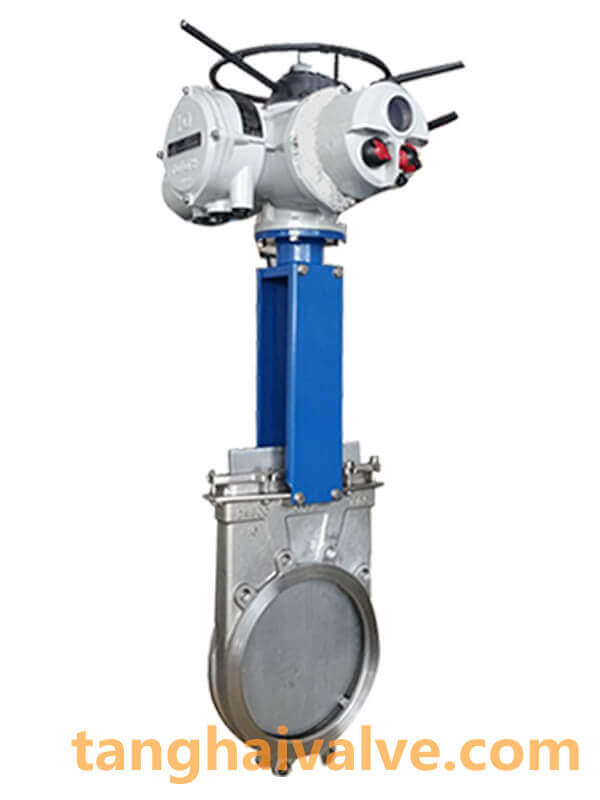


 © Copyright 2020 Tianjin Tanghaidongyang Valve Co., Ltd. All Rights Reserved.
© Copyright 2020 Tianjin Tanghaidongyang Valve Co., Ltd. All Rights Reserved.